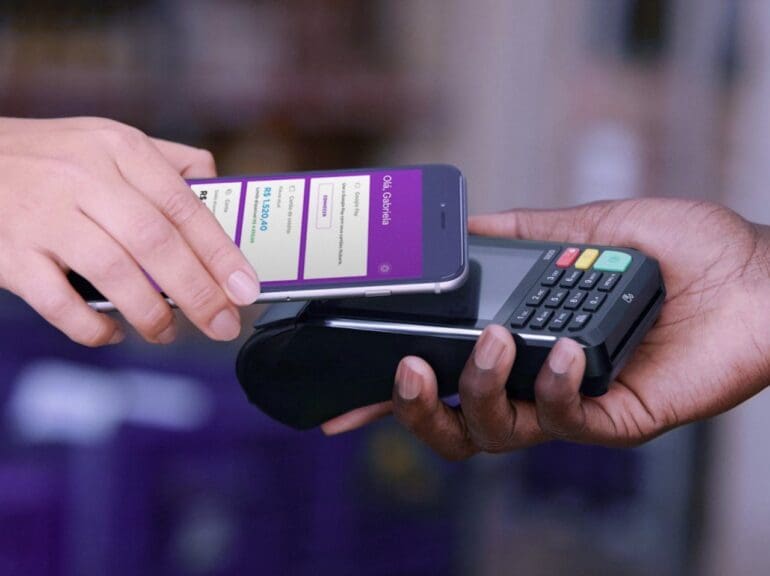The Buy Now Pay Later (BNPL) concept continues to grow in popularity thanks to repeated exposure to potential users at points of sale, according to findings by JD Power as a part of one of their annual reports.
The percentage of U.S. consumers with a BNPL account to 22% in January, up from 18% in October 2022 and 14% in July 2021. In 2021, shoppers spent $20.8 billion using BNPL. Forecasts now call for BNPL to generate $680 billion in transaction volume by 2025.
And the battleground for securing the growing number of customers using BNPL: the point-of-sale system, such as a payment terminal or an e-commerce checkout screen, according to consumers surveyed by JD Power for its Banking and Payments Intelligence Report, which is based on data from the annual JD Power U.S. Retail Banking Satisfaction Study, which includes more than 20,000 responses.

“Part of it is just awareness and referral that consumers are building with one another in terms of this type of a financial product. It’s relatively new on the scene,” said John Cabell, author of the report and JD Power’s managing director of payments intelligence.
“But now many consumers are aware of it and look for it or see it at the point of sale. It’s becoming more common, just in terms of a product usage. I think there’s also a sense that this allows for the purchase of, in many cases, what’s perceived to be more goods and services because of the availability of a payment plan, which is also attractive and boosts usage.
“Thirdly, it’s got an attractive option, unlike a credit card, of not having an interest rate, provided you make timely payments. That feature also was enticing to consumers of all ages.”
Economic downturn could also drive BNPL interest
Twenty-nine percent of customers surveyed by JD Power said they became interested in BNPL when offered it as a checkout option. People surveyed also said recommendations from friends and family (16%) and social media (14%) influenced their interest in the payment option.
A downturn in the economy could also influence the rise in interest in BNPL, said Cabell.
“I think there is a sense that a more difficult economy, an inflationary economy, where goods and services are costing more for consumers, drives more people to look for alternatives to pay for things other than cash or debit,” he said. “This is sort of a timely on-scene product in the kind of economic environment that we’ve been in for the last few months.”
The rise of BNPL as a payment option at point of sale is a relatively new offering despite the concept having been around for decades by businesses offering layaway plans, for example.
“We saw this product in Australia in 2018 when we were doing research there within the payment space, and it was quite dominant,” Cabell said. “In the U.S., I think it was developing some beginnings at that point, but it’s really in the last two years that it’s become a much more common feature in the point of sale checkout for good goods and services.”
Card issuers wade into BNPL services
Today, it’s more than just retailers offering the payment plan. Issuers of cards — whether it’s Bank of America, Wells Fargo, or Chase, among others — are “all considering or have offered payment plans as a feature of their credit card and are looking at offering their own installment payment plan that may be separate from a credit card even in some cases,” Cabell said.
In this way, card issuers compete directly with BNPL providers such as Afterpay, Affirm, Klarna, and PayPay Credit by appealing to their cardholders’ familiarity with them and their terms.
“It depends on the bank and the sort of approach that they’re taking, but this seems to be an area where there’s pretty heavy competition,” Cabell said.
BNPL joins an ever-increasing array of payment options at checkout. Debit and credit are still the two most popular ways to pay, said Cabell, but other payment methods are becoming more popular, while their usage is still in the single-digit percentage, including P2P and P2B options such as those offered by Venmo and PayPal, Digital wallet use is also on the rise, often anchored by a credit or debit card.
One thing that can limit the vast array of options available to consumers at point of sale is what businesses and their payment platforms offer them.
“The merchant services provider platform may dictate the types of payment methods available for the business to accept,” Cabell said. “And, of course, the business has a choice to determine what they prefer to be paid with. In many cases, it’s not the whole menu; the merchant may have selected priority payment methods that worked best for them, based on the platform they’re using and how they prefer to be paid.”


